MS-ESS1-3
Analyze and interpret data to determine scale properties of objects in the solar system.
-
 Space
SpaceSun’s nearest stellar neighbor may have Earth-like planet
A planet roughly the size of Earth orbits within the “Goldilocks” zone of the Proxima Centauri. Only 4.2 light-years away, this star is the one closest to our sun.
-
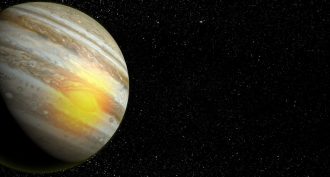 Planets
PlanetsJupiter’s Great Red Spot is really, really hot
The Great Red Spot, a storm churning on Jupiter for at least 150 years, may be helping to keep the planet warm, a new study finds.
-
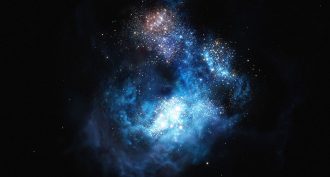 Space
SpaceA new, nonexplosive source of black holes?
At least one black hole may have formed from the collapse of a cloud of gas, which is not the usual birthing scheme. This might even be how some of the earliest gargantuan black holes developed.
-
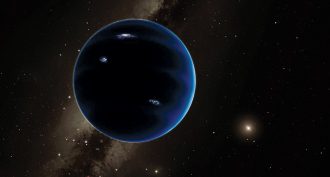 Planets
PlanetsNew clues in search for Planet Nine
New details about Planet Nine, a hypothetical object on the edge of our solar system, might help scientists actually find it.
-
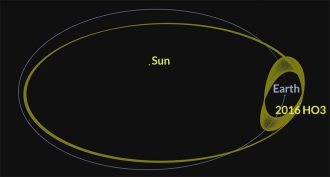 Planets
PlanetsThat’s no moon: Earth’s tiny tagalong
A newly discovered asteroid appears to be orbiting Earth, like a new mini-moon. In fact, it’s really orbiting the sun.
-
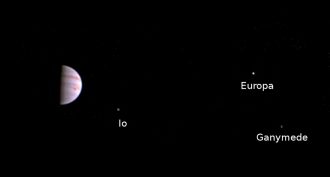 Space
SpaceBy Jove! Juno-cam sends back first postcard
After a long and quiet trek through space, the Juno spacecraft showed it weathered the trip fine and is ready to get on with its business: probing what makes Jupiter tick.
By Janet Raloff -
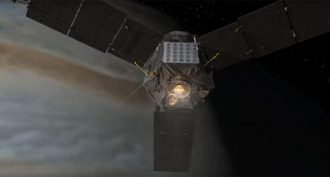 Space
SpaceSuccess! The Juno spacecraft is now orbiting Jupiter
After nearly five years, the probe has safely reached its target. Juno will spend 20 months in orbit around the planet so that scientists can probe the many mysteries of this gas giant.
-
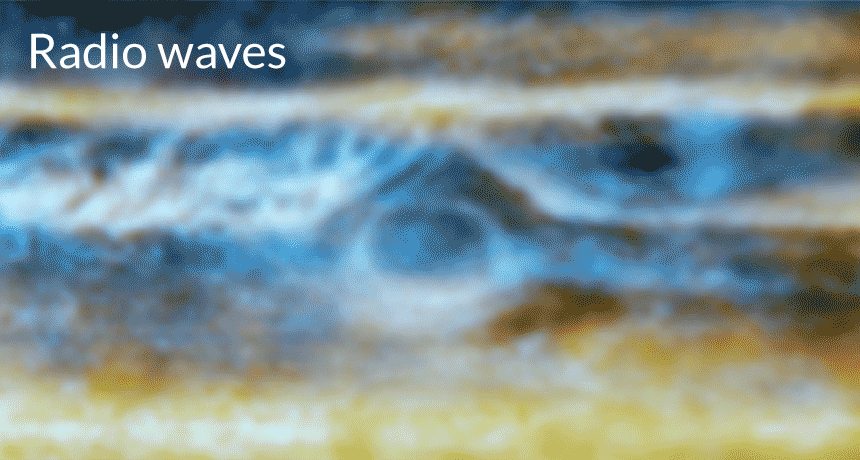 Planets
PlanetsJupiter’s stormy weather runs deep
Jupiter is covered in swirling storms. A new 3-D map of the planet’s atmosphere shows those storms start far, far below the clouds.
-
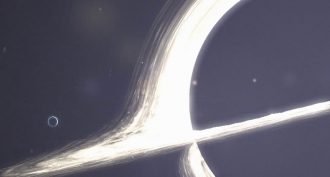 Physics
PhysicsSpinning black holes may ‘sing’ during a collision
The massive black hole in the movie Interstellar would create a unique gravity-wave signal when gobbling a smaller partner.
-
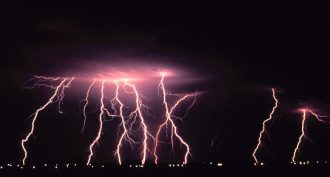 Climate
ClimateThis planet’s lightning storms are like nothing on Earth
Radio waves from a faraway exoplanet could signal intense lightning storms there.
-
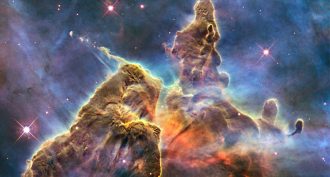 Chemistry
ChemistryKey sugar for life on Earth could have formed in space
Ribose, a sugar in RNA, may have formed in space and then rained down on a young Earth, a new study suggests.
-
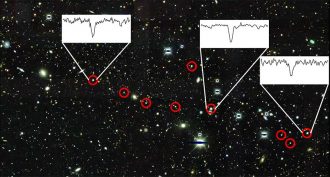 Chemistry
ChemistryDwarf galaxy spawned heavy elements
A study of nine stars in the dwarf galaxy Reticulum II found heavy elements. They had been produced after a violent stellar event sparked a chemical chain reaction.